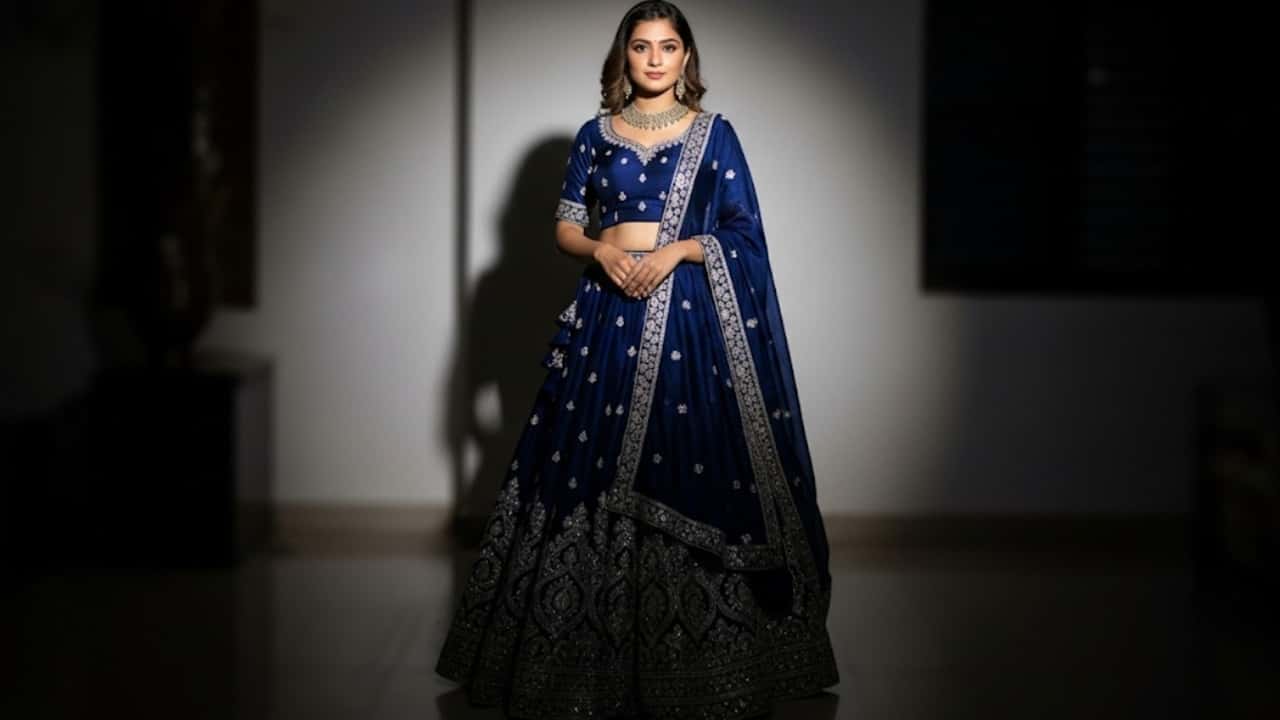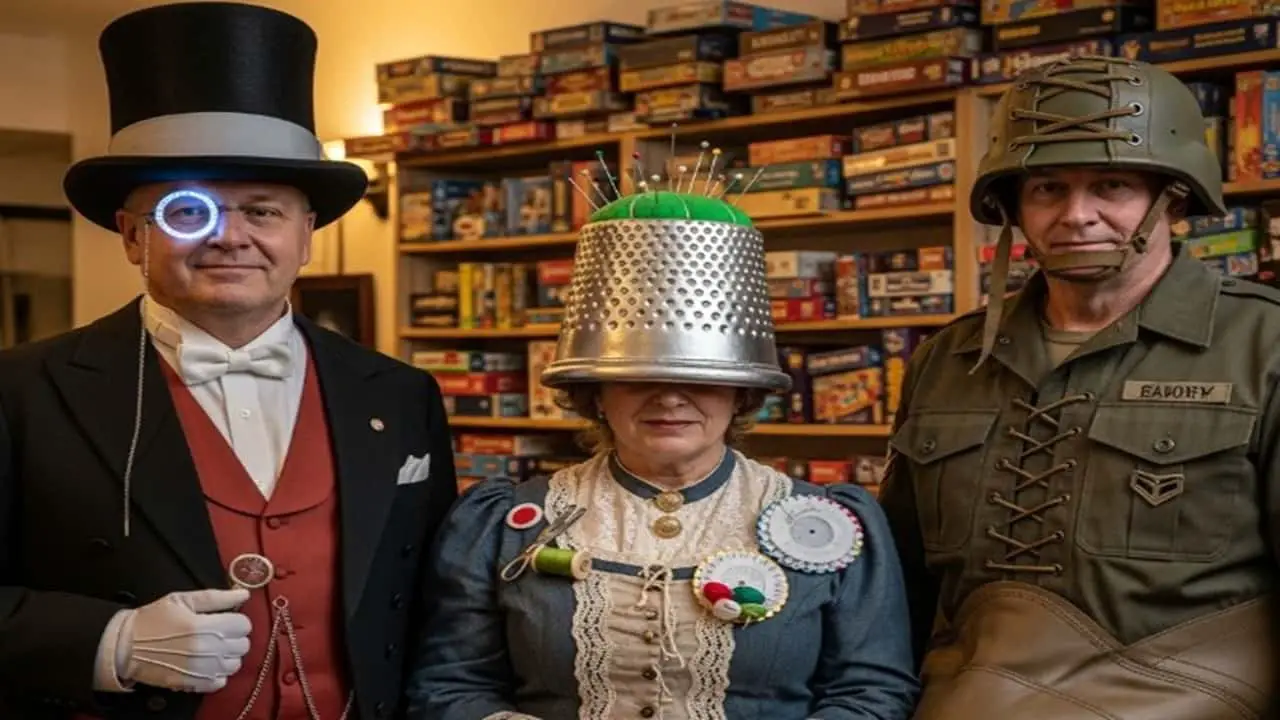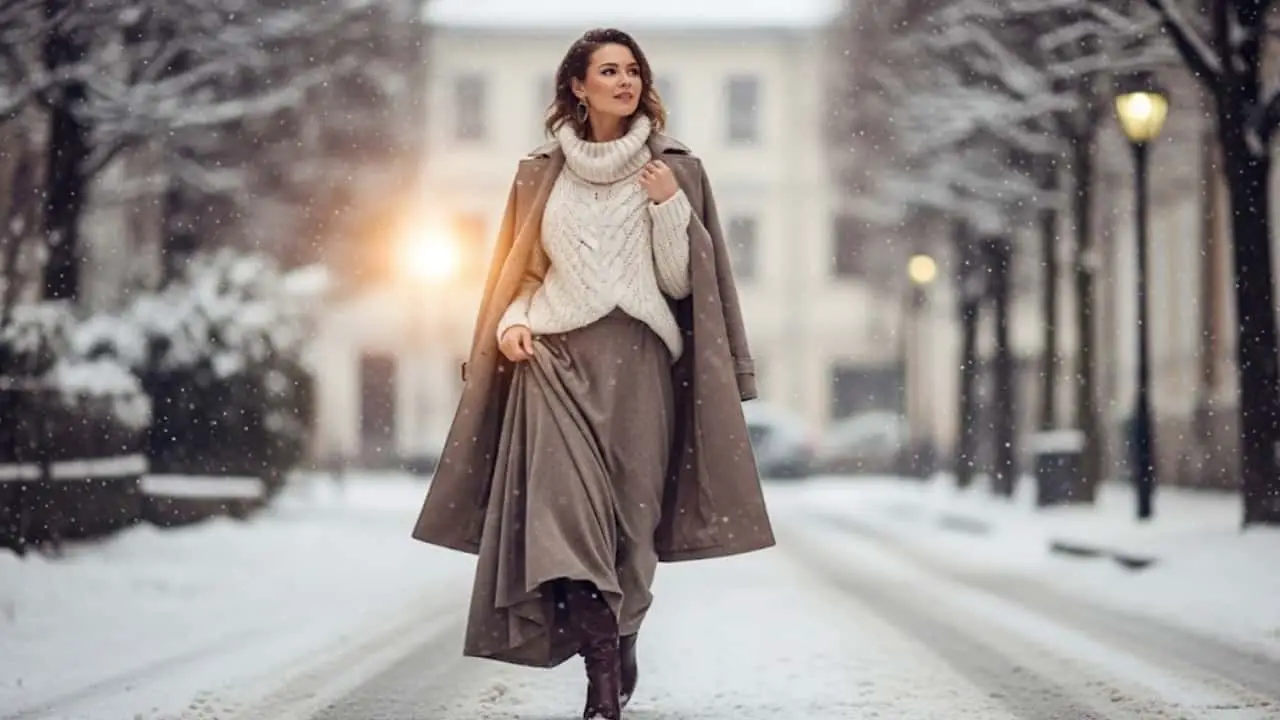In simple terms, a soleplate is the bottom surface of an iron made by casting different metals. The most common metals used are cast iron, stainless steel, and aluminum.
These soleplates come in different varieties, such as non-stick, ceramic-coated, etc.
So, depending on the task you need to get done, the right soleplate can make all the difference.
Key Takeaways
- Soleplates or iron plates are the most important components in clothes ironing machines.
- Soleplates are responsible for obtaining better ironing results as they come in contact with your clothing.
- Metals including cast iron, steel, and aluminum are frequently utilized to make these soleplates.
- Soleplate type may vary depending on the type of iron and brand.
What is a soleplate in a clothes iron?
A soleplate is the flat, smooth bottom surface of a clothes iron that comes in contact with fabric when you’re ironing.
It’s usually made of stainless steel or aluminum and has a polished finish to help the iron glide over the fabric.
Furthermore, certain iron designs have soleplates crafted from ceramic, Teflon, and titanium.
Some soleplates have holes or steam vents that let the steam out of the iron, while others have a nonstick coating that prevents the fabric from sticking to the plate.
Also, some iron soleplates have ridges or patterns on them, which can help to evenly distribute the heat and prevent the fabric from sticking to the plate.
What are the types of soleplates in an iron?
Earlier, stainless steel and aluminum were the preferred metals for soleplates in irons.
These days, modern ironing machines come with soleplates that are designed to handle different types of ironing.
The type of soleplate on iron can affect how well it glides across the fabric and how evenly it distributes heat.
Here are some of the most common types of soleplates found on irons:
Aluminum
Aluminum soleplates are made from a durable metal that conducts heat well.
This type of soleplate heats up quickly and is less likely to corrode than other materials.
Soleplates made of aluminum can be less expensive than those made of ceramic, but they may not move as smoothly over fabric.
Aluminum soleplates are lightweight and conduct heat well. However, they can stick to some fabrics and are not as durable as other types of soleplates.
Stainless steel
A stainless steel soleplate is a good choice because it doesn’t rust easily and lasts longer.
These plates are made to spread heat evenly, and their smooth surface makes it easy to glide the iron over the fabric.
Stainless steel soleplates have a smooth surface that helps prevent sticking and burning.
They conduct heat well and can be used on a variety of fabrics, but may cause damage to delicate fabrics if too much heat is applied.
Stainless steel soleplates heat up quickly and evenly, making them ideal for use with all types of fabric. However, they can be more expensive than other types of soleplates.
Ceramic
Ceramic is another type and a good choice for frequently used irons since it heats up quickly and evenly.
It also has a smooth surface to prevent the fabric from snagging.
Usually, a ceramic coating is applied over the metal soleplates, which may feature a non-stick surface.
Ceramic soleplates are made from a fired clay material that has been glazed.
The ceramic-coated soleplate is a good choice for a variety of fabrics because it heats up quickly and does not stick to or burn delicate fabrics.
Because it heats evenly and quickly, it is perfect for delicate fabrics. But ceramic soleplates can be more expensive than other types and usually have a shorter lifespan when compared to their counterparts.
Teflon
Teflon is another type of coating that doesn’t let the fabric stick to the ironing plate, making ironing easier.
Titanium
A titanium soleplate is coated with a thin layer of titanium, which is a strong and lightweight metal.
Titanium soleplates last a long time and help the iron heat up quickly and evenly because they conduct heat very well.
Also, titanium soleplates often have a coating that doesn’t stick to your clothes. This can help keep your clothes from sticking to the plate and getting damaged.
This also makes it easy to clean soleplates with a titanium coating.
How are the iron soleplates coated?
Iron soleplates are typically made of cast iron, steel, and aluminum, followed by a layer of nonstick coating.
The non-stick coating is usually made of Teflon, silicone, or ceramic.
Apart from the non-stick coating, the soleplates are also treated with acids and heat to make them smooth, shiny, and rust-resistant.
There are a few different methods for coating soleplates, the most common being electroplating.
In this process, a thin layer of metal is put on the surface of the soleplate using an electric current.
Other methods include powder coating and sputtering.
Powder coating is a common way to coat things that need a thicker layer, like ceramic soleplates.
The powder is applied to the surface and then heated until it melts and forms a smooth, even coating.
Sputtering is a similar process, but the coating material is placed with the help of argon gas.
Final Thoughts
When it comes to choosing an iron, consider the type of fabric you are ironing, your budget, and the type of soleplate that best suits your needs.
Each type of soleplate has its own advantages and disadvantages, so it’s important to know what you are looking for before making a purchase.
In general, soleplates made of stainless steel or ceramic are durable and spread heat evenly, while soleplates made of titanium are light and conduct heat well.
If you need a non-stick coating, then Teflon or silicone are your best options.
Whichever type you choose, one thing that you must know is that effective ironing depends heavily on the right iron settings based on the fabric type.
You May Also Like
- How to Iron Clothes Without an Ironing Board?
- What is an ironing board? (Explained with types)
- Steam Iron: 21 Frequently Asked Questions on steaming
- How to use a Steam Iron effectively?
- Why is iron not heating up? (Explained)
- How to use charcoal iron effectively? (Explained)
- What is an anti-static spray for clothes?
- Should you dry the bed sheets in a dryer?
- Difference Between Stainless Steel and Coated Dryer Drums
- Why is the dryer not drying clothes?
- How to Dry Clothes During Rainy Season?





